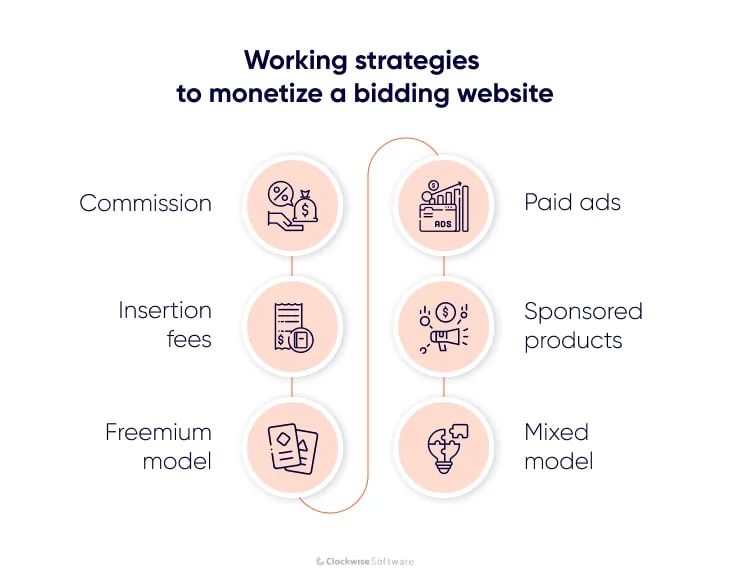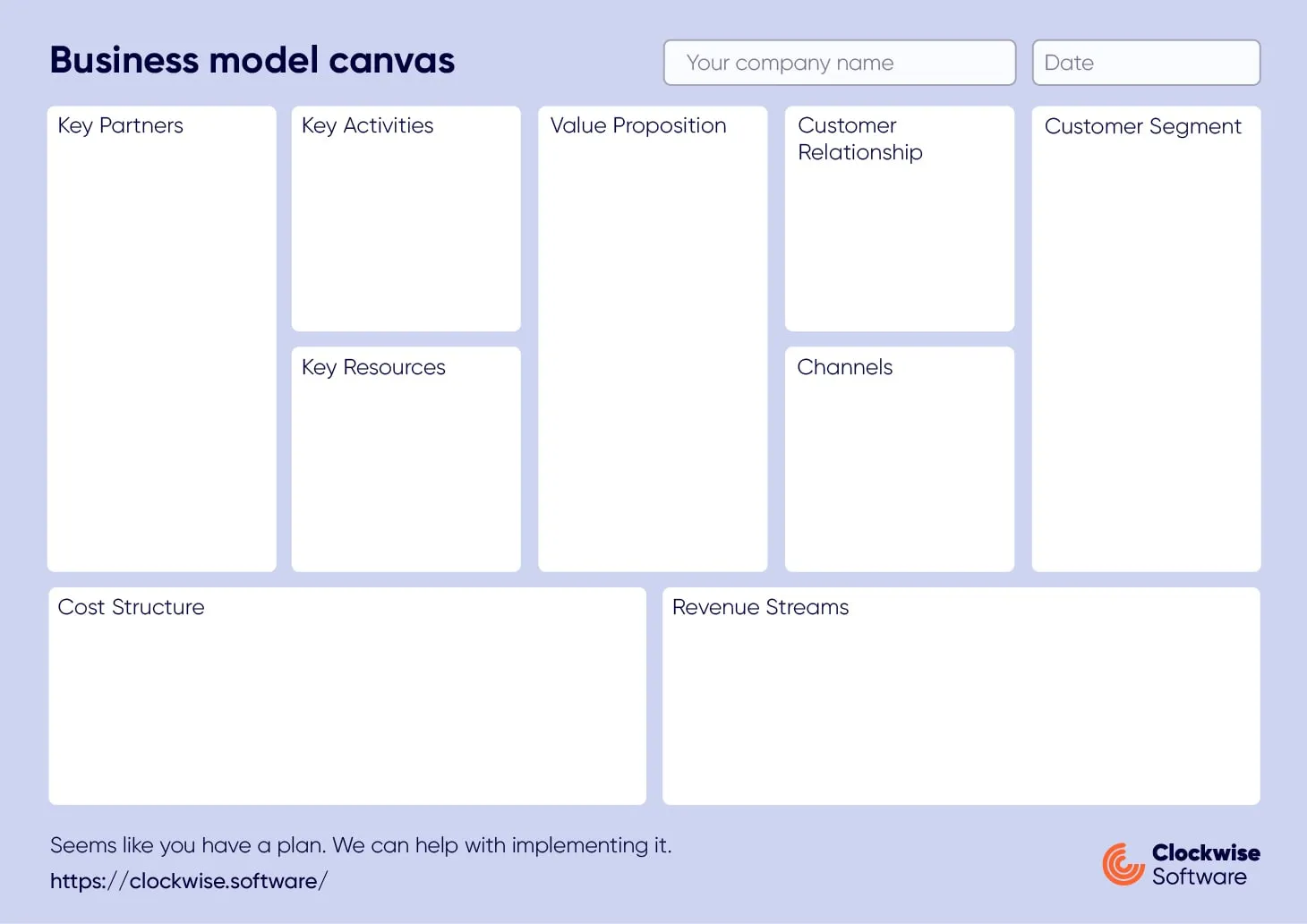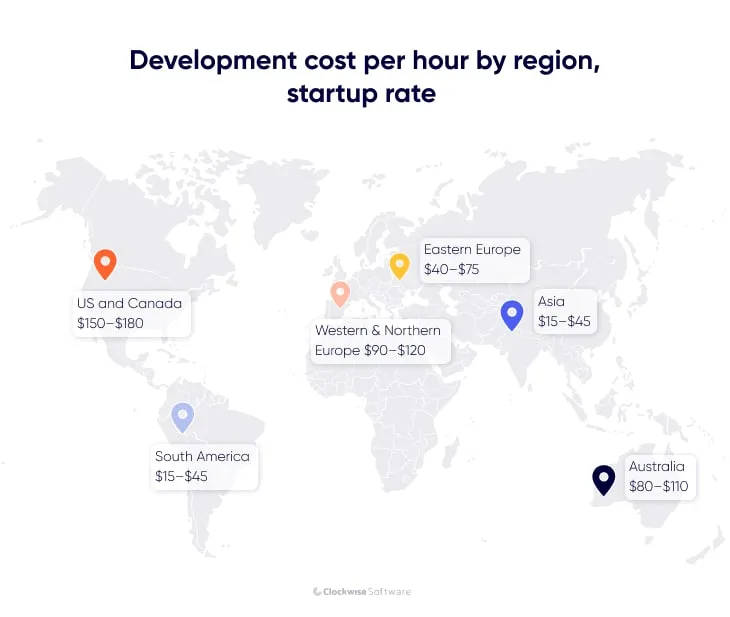What we do
Services
Experts in
No matter what type of application a business owner wants to build — be it an app like Uber or a bidding website like eBay — the questions they most commonly ask are How long will it take? and How much will it cost? If you want to build an auction website and haven’t found answers to these questions yet, you’ve come to the right place.
In this article, we explain the steps involved in starting an online business like eBay and answer these two frequently asked questions. Let’s start from the very beginning and define what an auction website is.
A bidding website, also known as an auction website, is an online platform where vendors list goods or services for auction and buyers (or customers) bid on them.
Auction websites can support both ascending and descending auctions. When placing an item in an ascending auction, a seller starts by asking for the lowest acceptable price. Then, buyers place their bids and the item goes to the buyer who offers the highest amount. A descending auction works the opposite way, moving from the highest to the lowest bid (or a reserve price under which the vendor isn't ready to sell).
Depending on the kind of goods they offer, bidding websites can be categorized as general purpose, real estate, automotive, business equipment, collector items, and even government surplus. eBay is a general purpose auction website where one can find almost anything from clothes to electronics to antiques.
Since 1995, eBay has been the biggest and most popular auction website worldwide. So how is it still successful, and is it possible to repeat its success? Let’s see.
eBay was the first auction website in history. Started as an online store where Pierre Omidyar, its founder, sold his personal possessions, it’s now the biggest online auction with revenue of more than $10 billion a year.
Let’s have a look at how eBay managed to grow from a one-vendor online store to a global auction website. In the infographic below, you can see the milestones in eBay’s development that made it one of the most recognizable e-commerce platforms in the world.

This infographic shows only a tiny part of eBay’s achievements during its 25-year existence. The marketplace has won numerous awards connected with charity, its workplace environment, and social initiatives.
Of course, eBay was a pioneer in the sphere of online auction marketplaces back when there was no competition. Nowadays, creating an auction like eBay means entering a competitive market. However, there’s still room for success. In the next section, we consider reasons to build a similar platform.
As multi-vendor platforms, marketplaces like eBay have a number of advantages. Below, we describe the main benefits of creating an eBay clone.
A two-way marketplace gives a great opportunity to target different audiences: C2C (customer to customer), B2C (business to customer), and B2B (business to business). Moreover, one multi-vendor marketplace can meet the needs of several target groups. It’s possible to create a platform that will be suitable for C2C and B2C purposes, for example. Another benefit of an online marketplace like eBay is that it targets both sellers and buyers so you can attract twice as many customers than a single online store.
You can be a seller yourself when running an auction website like eBay. However, you’ll have enough to worry about besides selling, so it’s sensible to avoid this activity. As a result, you won’t have to concern yourself with producing goods, managing inventory, renting or buying a warehouse to keep merchandise, etc.
When deciding to build a website like eBay, you don’t need to reinvent the wheel to monetize your business. There are several ways to generate profit when running a marketplace.

As you might notice, marketplaces usually charge vendors while buyers use online platforms for free. However, it’s not a rule, and if you want, you can charge buyers for using your marketplace, too.
Once you make a firm decision to build an online marketplace like eBay, you can follow a tried path that has helped numerous marketplaces succeed. Although following this path doesn’t guarantee success, it multiplies your chances.
Before you move to developing an auction website, you need to solve several important issues. By solving them, you’ll get a clear direction for your business development.
Understanding how to make a profit from running your auction website is crucial, since it helps you decide on the features to include in your marketplace and attract investors.
You can follow eBay’s example and use several approaches to make money. eBay charges sellers an insertion fee, a final value fee that’s a percentage of the transaction value, and a fixed $0.30 per order. For some categories, eBay also offers a classified ads option for $9.95 a month.
Before developing your auction marketplace, you should have an overall understanding of how it will operate, who you will target, how you will manage your income and expenses, etc. To get this understanding, you can create either a Lean Canvas or a business plan. Both allow you to answer crucial questions connected with your business. The only difference is that a Lean Canvas is a short one-page document that is fast to fill out. In turn, creating a business plan requires a lot of time and effort.
If you want to quickly see the possibilities and challenges of your auction website, you can use this Lean Canvas template.

Every new marketplace faces the chicken and egg problem: Should sellers or buyers come first? There are different arguments for each option, but it’s really up to you to decide how to act in your particular situation.
Whether you decide to attract vendors first, buyers first, or both sides simultaneously, these are the best practices that have helped numerous marketplaces solve the chicken and egg problem:
When you’re ready with answers to the previous questions, it’s time to decide what features to include in your platform. Let’s consider the must-have features to build a minimum viable product (MVP) of an online marketplace like eBay.
An auction feature is a distinctive functionality for an eBay clone. You should allow your platform users to place bids in addition to using the traditional marketplace functionality of simply selling and buying goods/services.
Registration is a must to divide platform users into sellers and buyers as well as to provide all users with a great user experience. Depending on the role users choose, they will have access to different functionality.
Personal profiles allow vendors to present themselves to buyers while giving buyers the opportunity to save shipping and payment details so they don’t have to fill in this information every time they make a purchase.
An admin dashboard and analytics are a must for sellers. These instruments help sellers conveniently manage their businesses and track their business growth.
Product pages should include product descriptions, photos, and videos so buyers can clearly see what's for sale and make informed purchasing decisions.
Inventory management is another feature to simplify vendors’ daily routines. Automated inventory management saves sellers the trouble of keeping track of every item on their own.
Product search should be implemented to help buyers find what they’re looking for fast and conveniently.
A shopping cart allows buyers to manage their shopping by adding or removing items and updating quantities.
A checkout page must be simple and intuitive or else buyers might avoid making purchases on your marketplace.
By implementing different payment methods, you allow buyers on your platform to choose the most convenient way to buy goods, greatly improving the user experience.
You should also give your vendors the ability to offer discounts. Discounts often attract buyers, meaning vendors can boost sales and your revenue, too.
Reviews and ratings are the most effective way to generate trust on your platform. By allowing buyers to rate the products they buy, you not only increase buyer loyalty but also motivate sellers to improve the quality of their goods.
Once you find answers to strategic questions and decide on the features for your bidding website like eBay, you are ready to talk about the time and cost of developing its MVP version.

When undertaking custom auction website development, it’s best to start by developing an MVP. The thing is that developing a full-fledged software product can take a lifetime, and that’s not a joke. Let’s have a look at a couple of examples.
Facebook, a global social network, was first launched in 2004 and is still updated regularly to improve the user experience. Uber was launched in 2009, and new features are released almost every year.
As you can see, improving a product is important throughout its lifespan. If you stop enhancing a product’s functionality, your competitors are likely to get ahead of you.
But before improving something, you need to first create it, and predicting how long it will take to build the first version of your auction website is more than possible. The development process can be divided into two stages: prototype development and MVP development.
A prototype is a demo version of your product that conveys its main idea. It can include several features so you can see how your website will work. By creating a prototype, you can experiment with your product’s concept as well as its design. The main advantage of creating a prototype is that it’s relatively easy and cheap to create and work with.
Prototype creation is part of the discovery phase. During this phase, you and your team discuss the main product requirements, estimate the duration and cost of your project, and build a product prototype. The whole discovery phase can take up to 1.5 months, or 250 to 300 hours. However, the process can be prolonged depending on bottlenecks and software complexity.
A minimum viable product, or MVP, is a working product that you can present to your target audience. An MVP includes only the basic features that solve your customers’ main pain points. According to the feature list we discussed in the previous sections, an MVP for a marketplace like eBay might have around 15 features.
To develop an MVP, you’ll have to spend around 9 months or 1750 hours on average. Just as with a prototype, the process can take longer.
Once an MVP of your online marketplace like eBay is ready, you can launch it, gather customer feedback, and show the MVP to investors to raise funding for further development.
So, how much does it cost to develop an online marketplace like eBay?
The development cost for a platform like eBay mainly depends on two factors: the model of cooperation with your development team and your team’s location. To develop your marketplace from scratch, you can hire an in-house team, find freelancers, or work with an outsourcing team.
An in-house team can be a good choice if you want to control the development process from start to finish. However, among all possible options, this is the most expensive. You’ll need to pay a salary to each team member regardless of their workload. You’ll also need to rent office space. Moreover, you’ll need to manage the team on your own, which means you’ll spend not only a lot of money but also a lot of time.
Hiring freelancers is a good option when you aren’t in a hurry to develop your product. When working with freelancers, inconsistencies in your schedules or cultural misunderstandings may appear. Nevertheless, hiring freelancers can be the cheapest option, as there are a wide variety of freelance developers worldwide.
Working with a marketplace development company is a happy medium when it comes to developing software from scratch. Custom development companies can not only provide you with the team of professionals you need to build your marketplace but can manage the whole development process. Additionally, when working with an outsourcing company, you pay only for the work done. Plus, outsourcing allows you to find the best developers anywhere in the world. And taking into account regional price differences, you can save some money.
Once you’ve decided you want to outsource custom auction website development, you have to choose the country in which to look for developers, since geography influences the development cost.
The hourly rate for custom development ranges from $20 to $200 depending on the country and experience of the company you choose. You can see more detailed information on the map below.

If you’re considering Eastern Europe, Ukrainian outsourcing companies may interest you. As one of the main tech hubs in the region, Ukraine boasts top-notch development services. Not only Ukrainian software engineers but also designers, business analysts, project managers, and testers have great skills and expertise and can help make your product robust. Plus, the price to quality ratio is reasonable compared with other regions. Last but not least, the majority of Ukrainian specialists speak English fluently, which greatly contributes to the effectiveness of your cooperation.
The development cost for an online marketplace like eBay when working with a Ukrainian outsourcing company will be approximately $90,000. To determine this, we multiplied the number of hours necessary for prototype and MVP development by $45, which is the average hourly rate of Ukrainian developers. However, it’s important to remember that this rate is relative, and it can be higher or lower depending on your project’s specifics.
Once you’ve launched your auction website, you need to improve and scale it to provide an even better experience for your platform’s users. It’s hard to say how long you’ll work to create the next eBay, but it’s important to understand how fast you want to launch the first version.
Building a marketplace MVP can be done in quite a realistic timeline. If your decision to launch an auction website is firm, you can do it within a year.
Don’t forget to choose a reliable partner to build your product. To choose a partner, first choose a region, then select a development company and check their reputation on different platforms. Once you’re satisfied with a company you choose, you can start your cooperation. With the right development company, you’ll be able to launch the next leading auction website.
